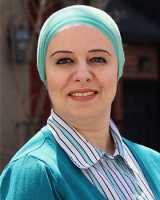Author Interviews, Critical Care - Intensive Care - ICUs, JAMA, Pediatrics / 28.07.2015
Neonatal Intensive Care Admissions Increased For All Birth Weight Newborns
MedicalResearch.com Interview with:
Wade Harrison, MPH
The Dartmouth Institute for Health Policy & Clinical Practice
Geisel School of Medicine at Dartmouth, Lebanon, New Hampshire
Medical Research: What is the background for this study? What are the main findings?
Dr. Harrison: This study used national birth certificate data to examine time trends in Neonatal Intensive Care Unit (NICU) admission rates for all U.S. newborns and the composition of the cohort of admitted newborns. Most of the existing studies of neonatal intensive care are limited in examining specific groups of newborns (e.g. those <1500 g, those with a specific complication, within limited geographies, etc.) or only looking at how care is delivered after a baby is admitted, leaving aside the question of whether to admit them in the first place. This is an important area to study because the newborn period is a critical time for babies and their families to establish good feeding practices and increase bonding among other important needs; also, neonatal intensive care is very expensive and like all medical interventions can carry certain risks. We found that NICU admission rates increased for all newborns across the birth weight spectrum. Additionally, although NICUs were initially developed to care for very small and premature newborns, just under half of current NICU admissions are for normal birth weight and full term infants, who are likely to be less ill.
(more…)



















